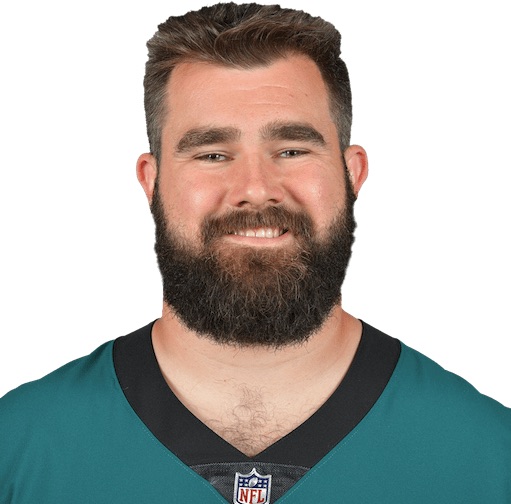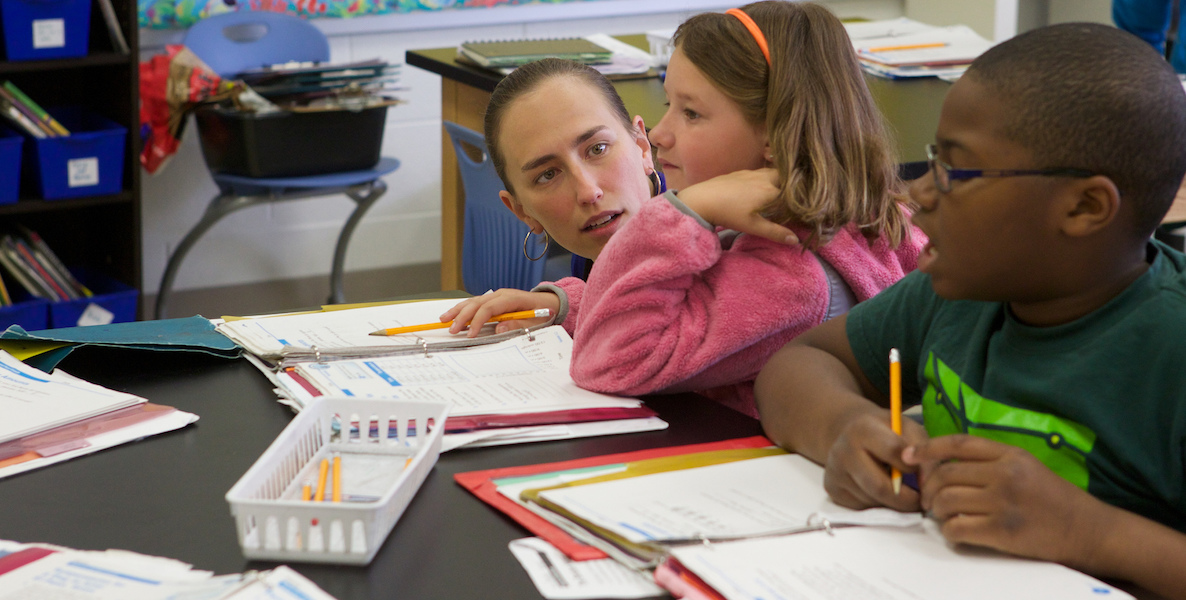We’re heading to Buffalo this weekend, where teacher shortages are just as much of an obstacle as they are elsewhere in the U.S. I’ve been so fortunate in my life to have awesome teachers (and to be married to an instructional aide). And here in Philly, Drexel University, among other institutions, is doing really innovative work to attract—and retain—teachers.

Prefer the audio version of this story? Listen to this article in CitizenCast below:

See, nationally, nearly 50 percent of teachers leave the profession within the first five years, explains Sarah Ulrich, associate dean for Teacher Education at Drexel’s School of Education. In large urban districts like Philadelphia, she goes on, it is closer to three years. That leaves districts that are already struggling with gaps and a disproportionate number of teachers who lack experience and expertise, as their more seasoned peers leave to work in more affluent districts or other fields.
“What we’re focused on is not just teacher shortages, but the fair and equal distribution of teacher talent,” says Ulrich. To that end, Drexel offers two undergraduate and one graduate-level teacher residency program, with the goal of preparing quality teachers who can be ready on Day One, after graduation, to serve our students. “The research shows that teachers that are prepared through residency models are more likely to remain in urban settings beyond those three years,” says Ulrich.
These residents spend a full academic year embedded in a Philly public school—receiving a salary, benefits, and tuition support from the School District of Philadelphia—and become an integral part of the school team. University of Pennsylvania and Temple University have similar programs—Ulrich says that our Philly institutions are all committed to solving this problem together—though Drexel is the only local university that’s part of the National Center for Teacher Residencies, a network of residencies throughout the country that works to develop and test best practices.
Another cool program from Drexel is DragonsTeach Middle Years, which specifically focuses on preparing teachers to fill the dire gaps in the teaching ranks in grades six through eight, particularly in math and science.
And Drexel doesn’t just send grads into the wilderness once they graduate—it offers free, ongoing professional development to alumni through its Early Career Practitioner Institute (ECPI).
So far, their residents are already breaking the national trend: The first two cohorts of Drexel residents have shown an 88 percent retention rate!
What strikes me as being really cool about these programs is this idea of team-building—making residents feel like part of the school team, the Drexel team, and the Philly team. Fly, teachers, fly!
Next week, we’ll head to Chicago, and I’ll tell you about a really special program involving elders and our schools.
PS: If you’ve been paying close attention to our charts, you’ll notice that the numbers for Philly are once again different. That’s because, this week, we’re focusing solely on traditional public schools and not charter schools to give you an apples-to-apples comparison; in Buffalo, charters are operated independently, and not as part of the district.

PhiladelphiaEagles |

BuffaloBills |
|
# of students in traditional public schools
128,102 |
# of students in traditional public schools
33,415 |
|
% graduated high school
69 |
% graduated high school
65 |
|
% population with a BA
26 |
% population with a BA
25 |
|
$ per pupil
15,000 |
$ per pupil
28,350 |
|
% students economically disadvantaged
73 |
% students economically disadvantaged
77 |
|
% students of color of
86 |
% students of color of
80 |
|
% students in charter schools
34 |
% students in charter schools
20 |
|
% special education students
15 |
% special education students
21 |
|
% english language learners
12 |
% english language learners
21 |
Philly Sources: All from School District of Philadelphia except % with a BA from here, and $ per pupil here.
All Buffalo figures from Buffalo Public Schools, except % of population with BA from here and budget per student from here.






















